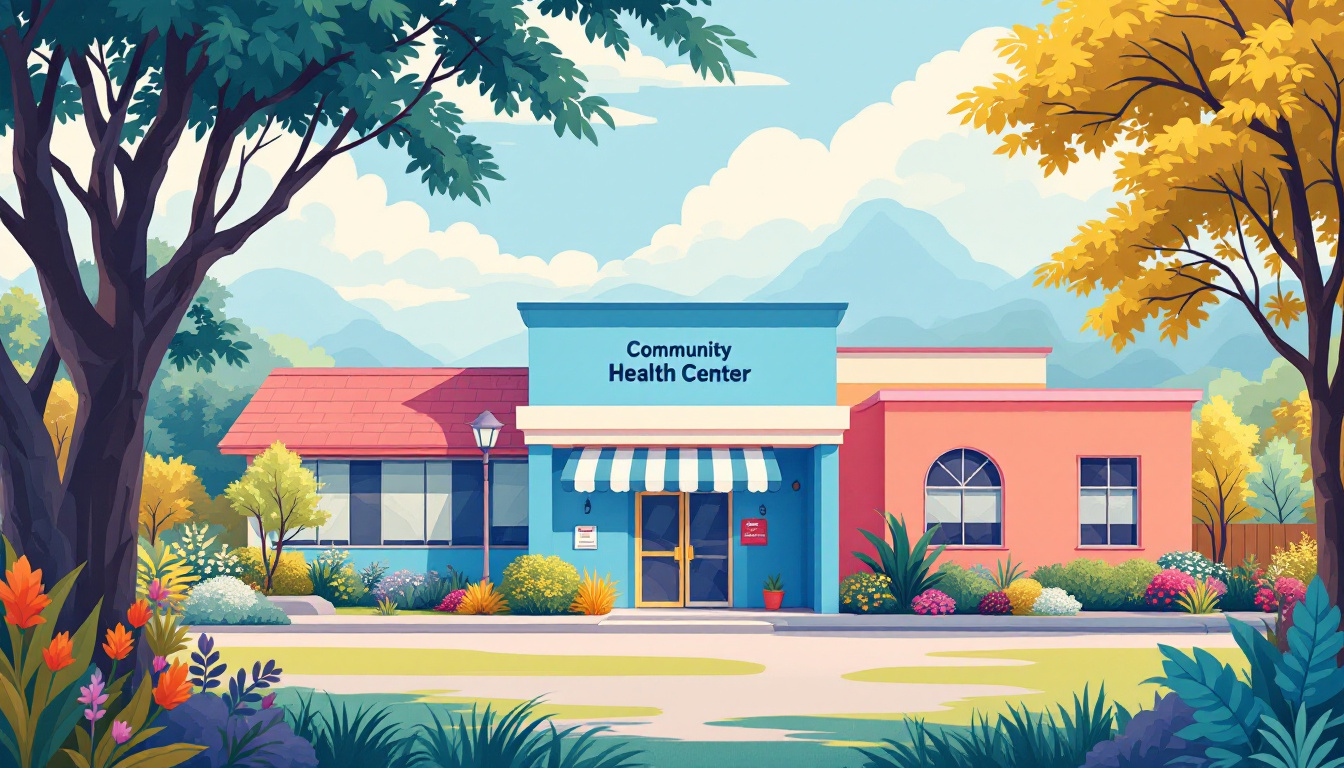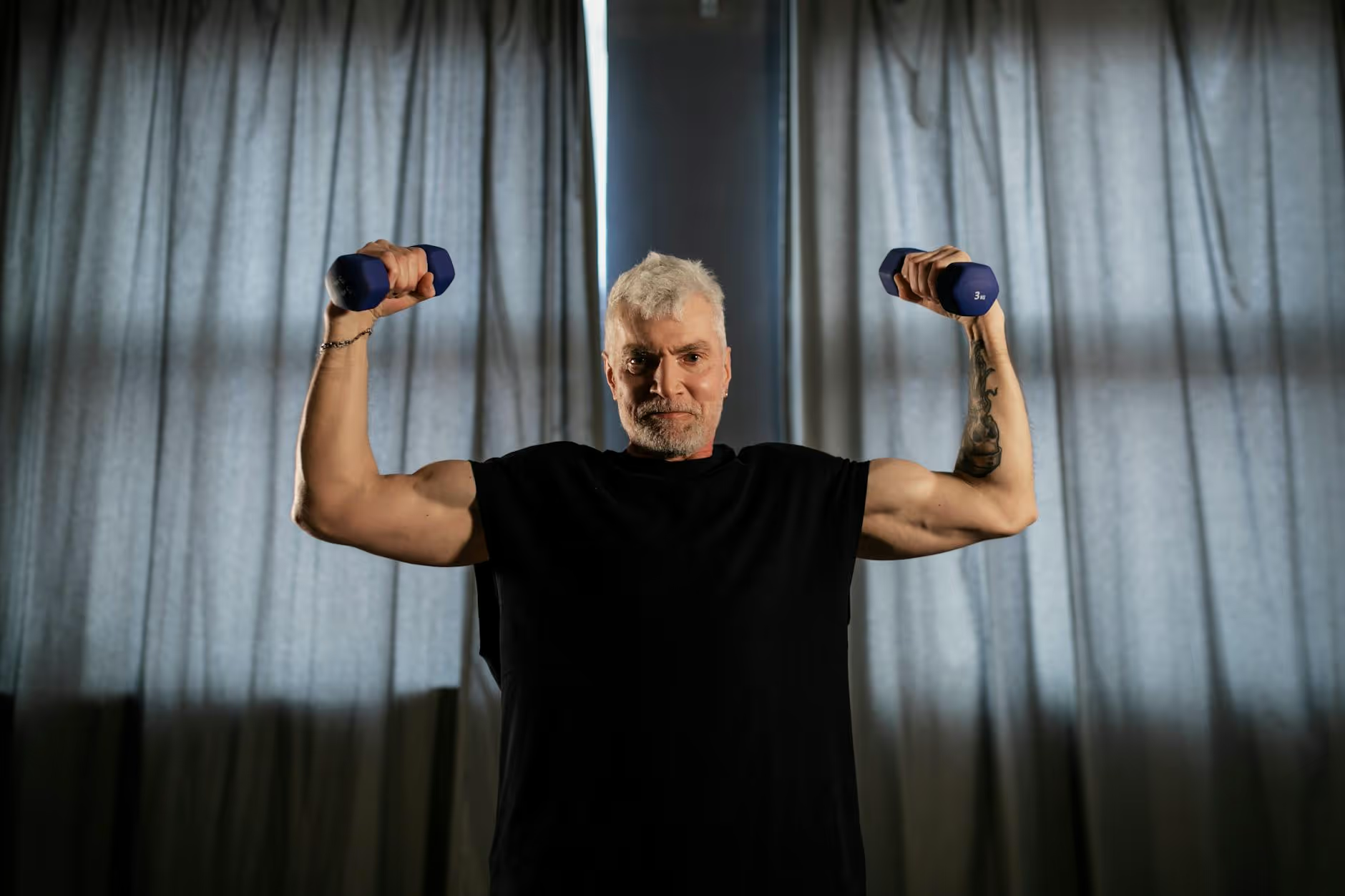How Long Can You Stay in Acute Rehab?
March 30, 2025
Discover the perfect duration for acute rehab! Unleash the power of time to achieve optimal results in your rehabilitation journey.



Understanding Acute Rehabilitation
Acute rehabilitation plays a crucial role in helping individuals recover and regain their independence after an injury, illness, or surgery. In this section, we will explore what acute rehabilitation is and the goals it aims to achieve.
What is Acute Rehabilitation?
Acute rehabilitation refers to a specialized form of medical care that focuses on providing intensive therapy and support to individuals who have experienced a significant health event. This could include conditions such as stroke, spinal cord injury, traumatic brain injury, or major orthopedic surgery.
Acute rehabilitation programs are typically offered in dedicated rehabilitation hospitals or specialized units within hospitals. These programs are designed to provide comprehensive and multidisciplinary care, encompassing physical therapy, occupational therapy, speech therapy, and other rehabilitative services.
The primary objective of acute rehabilitation is to help individuals regain function and independence in their daily activities. The specific treatment plan is tailored to meet the unique needs of each patient, with a focus on maximizing their physical, cognitive, and emotional capabilities.
Goals of Acute Rehabilitation
The goals of acute rehabilitation are multifaceted and depend on the individual's condition and functional abilities. Here are some common objectives that acute rehabilitation aims to achieve:
- Improve Physical Function: Acute rehabilitation helps individuals regain strength, mobility, and coordination. This may involve activities such as gait training, balance exercises, therapeutic exercises, and adaptive techniques.
- Enhance Cognitive Skills: For patients with cognitive impairments, acute rehabilitation focuses on improving memory, attention, problem-solving, and other cognitive functions. Cognitive therapy techniques and strategies are employed to facilitate optimal recovery.
- Restore Independence in Daily Activities: Acute rehabilitation aims to enable individuals to perform activities of daily living (ADLs) independently. This includes tasks such as dressing, bathing, grooming, and eating.
- Enhance Communication and Swallowing: Speech therapy is an integral part of acute rehabilitation for individuals with speech and swallowing difficulties. Therapy sessions focus on improving communication skills and safe swallowing techniques.
- Manage Pain and Symptoms: Acute rehabilitation programs also address pain management and symptom control to enhance overall comfort and well-being during the recovery process.
- Provide Emotional Support: Coping with the challenges of rehabilitation can be emotionally demanding. Acute rehabilitation aims to provide emotional support and counseling to individuals and their families, fostering a positive and supportive environment.
By understanding what acute rehabilitation entails and the goals it strives to achieve, individuals can have a better grasp of the role it plays in their recovery journey. These programs are designed to optimize functional outcomes and improve the overall quality of life for individuals as they regain their independence and reintegrate into their communities.
Length of Stay in Acute Rehab
When it comes to acute rehabilitation, one common question that arises is how long an individual can stay in acute rehab for optimal results. The length of stay in acute rehab can vary depending on several factors and is typically determined by the patient's specific needs and progress.
Factors Influencing Length of Stay
The length of stay in acute rehab can be influenced by various factors, including:
- Condition and Severity: The type and severity of the medical condition or injury play a significant role in determining the length of stay. More complex or severe conditions may require a longer duration of rehabilitation.
- Individual Progress: Each patient's progress in rehabilitation is unique. Factors such as the rate of recovery, functional improvements, and achievement of rehabilitation goals can impact the length of stay.
- Medical Stability: Patients need to reach a level of medical stability before transitioning to the next phase of their rehabilitation or being discharged. This ensures that they can safely continue their recovery outside of the acute rehab setting.
- Support System: The availability of a strong support system, including family and caregivers, can impact the length of stay. Having a support system in place can contribute to a smoother transition and ongoing care after discharge.
Typical Duration of Acute Rehab Programs
The duration of acute rehab programs can vary depending on the patient's needs and the specific rehabilitation facility. However, there are general guidelines for the typical duration of acute rehab programs for various conditions:

It is important to note that these durations are approximate and can vary based on individual circumstances. The healthcare team, including physicians, therapists, and case managers, work closely with each patient to determine the appropriate length of stay for optimal recovery.
Understanding the factors that influence the length of stay in acute rehab and the typical durations for different conditions can help individuals and their families have a better understanding of what to expect during the rehabilitation process. It is important to remember that the focus is on achieving the best possible outcomes and ensuring a smooth transition to post-rehabilitation care.

Optimal Duration for Rehabilitation
When it comes to acute rehabilitation, determining the optimal duration for rehabilitation can vary depending on several factors. It's essential to understand the importance of time in rehabilitation and strike a balance between progress and duration.
Importance of Time in Rehabilitation
Time plays a crucial role in the effectiveness of rehabilitation. The body needs sufficient time to heal, recover, and adapt to the therapy provided during the rehabilitation process. While there is no fixed duration that guarantees optimal results for every individual, a longer duration in acute rehab allows for more comprehensive treatment and a greater opportunity for progress.
During the rehabilitation period, the body undergoes various physiological changes that contribute to functional improvement. These changes take time to occur and require consistent therapy and practice. The duration of rehabilitation allows for repetitive exercises, strengthening, and retraining of muscles and neural pathways, leading to enhanced functional outcomes.
Balancing Progress and Duration
While time is important in rehabilitation, it's equally critical to balance progress with the duration of the rehabilitation program. The optimal duration may vary depending on the individual's specific condition, severity of impairment, and rate of progress.
Rehabilitation professionals closely monitor the progress of each patient and make adjustments to their treatment plans accordingly. If a patient shows rapid progress, the duration of their rehabilitation program may be shorter. Conversely, individuals with more complex conditions or slower progress may require a longer duration to achieve optimal results.
The table below provides a general overview of the typical duration for acute rehab programs based on the condition being treated:

It's important to note that these durations are approximate and can vary based on individual circumstances. The rehabilitation team, consisting of physicians, therapists, and other healthcare professionals, will assess each patient's progress and make informed decisions regarding the optimal duration of their rehabilitation program.
By striking a balance between progress and duration, patients can maximize their rehabilitation outcomes. The individualized treatment plans and close monitoring provided by the healthcare team ensure that each patient receives the right amount of time needed to achieve their rehabilitation goals.
Individualized Treatment Plans
When it comes to acute rehabilitation, one size does not fit all. Each patient has unique needs and goals, which is why individualized treatment plans play a crucial role in optimizing outcomes. These plans are tailored to address the specific challenges and requirements of each patient's condition.
Customizing Treatment for Each Patient
In acute rehabilitation, the focus is on providing personalized care that addresses the individual needs of a patient. The treatment plan is developed based on a comprehensive assessment of the patient's medical history, current condition, and rehabilitation goals.
The goal of customizing treatment is to maximize the effectiveness of rehabilitation by targeting the specific areas that need improvement. It may involve a combination of physical therapy, occupational therapy, speech therapy, and other specialized interventions. The treatment plan may also include assistive devices, adaptive equipment, or modifications to the patient's environment to support their rehabilitation journey.
By tailoring the treatment plan to the unique needs of each patient, healthcare professionals can optimize the rehabilitation process and enhance the chances of a successful recovery.
Adjusting Length of Stay Based on Progress
The length of stay in acute rehabilitation can vary depending on the progress made by the patient. As each individual responds differently to rehabilitation, the duration of the stay may be adjusted accordingly.
Healthcare professionals closely monitor the patient's progress throughout their stay in acute rehab. They assess the patient's functional abilities, mobility, and overall improvement in meeting their rehabilitation goals. Based on these evaluations, they can make informed decisions regarding the length of stay.
While some patients may require a longer duration in acute rehab to achieve their optimal outcomes, others may progress more rapidly and be ready for discharge sooner. The primary objective is to ensure that the patient has reached a level of functional independence and safety that allows them to continue their recovery outside of the acute rehab setting.
By adjusting the length of stay based on the patient's progress, healthcare professionals can strike a balance between providing adequate rehabilitation and minimizing the time spent away from home.
Customizing treatment plans and adjusting the length of stay based on individual progress are key factors in optimizing outcomes in acute rehabilitation. By recognizing and addressing the unique needs of each patient, healthcare professionals can provide targeted interventions, maximize progress, and support a successful transition to the next phase of the patient's recovery journey.

Discharge Planning
After completing an acute rehabilitation program, it is important to have a well-thought-out discharge plan in place. This plan ensures a smooth transition from the structured environment of acute rehab to the next phase of recovery. Two key aspects of discharge planning include transitioning from acute rehab and aftercare with continued support.
Transitioning from Acute Rehab
Transitioning from acute rehabilitation requires careful planning and coordination between the healthcare team, the patient, and their support system. The goal is to facilitate a successful return to the patient's home or community while maintaining the progress made during the rehabilitation program.
During the transition, the healthcare team will work closely with the patient and their caregivers to ensure they understand any follow-up appointments, medications, or special instructions. They may also provide guidance on assistive devices, adaptive equipment, or modifications that may be needed at home to support the patient's ongoing recovery.
Aftercare and Continued Support
Aftercare and continued support are vital components of the recovery process after acute rehabilitation. These services are designed to provide ongoing support and assistance to patients as they navigate their daily lives outside of the rehabilitation setting.
Aftercare services may include physical therapy, occupational therapy, speech therapy, or other specialized therapies that help the patient maintain and improve their functional abilities. These services can be provided on an outpatient basis, allowing the patient to continue working towards their recovery goals under the guidance of experienced therapists.
Continued support also extends to emotional and psychological well-being. Support groups, counseling services, or community programs may be recommended to assist patients in coping with any challenges they may face post-rehabilitation. These resources provide a platform for individuals to connect with others who have undergone similar experiences, fostering a sense of understanding and camaraderie.
By establishing a comprehensive discharge plan that includes transitioning from acute rehab and aftercare with continued support, patients can optimize their chances of long-term success. The specific details of the plan will vary depending on the individual's condition, progress, and goals. Working closely with the healthcare team and taking advantage of available resources can help ensure a smooth and effective transition from acute rehabilitation to the next phase of recovery.
Maximizing Results
After completing an acute rehabilitation program, it's important to focus on maximizing results and working towards long-term recovery goals. This section will explore post-rehabilitation strategies and the importance of setting and achieving long-term recovery goals.
Post-Rehabilitation Strategies
To ensure the best possible outcomes after completing acute rehabilitation, individuals are often encouraged to continue their recovery journey with post-rehabilitation strategies. These strategies may include:
- Continuing therapy: Depending on the individual's needs, ongoing physical therapy, occupational therapy, or speech therapy sessions may be recommended. These sessions can help maintain and further improve functional abilities, mobility, and communication skills.
- Adopting a healthy lifestyle: Engaging in regular physical activity, following a balanced diet, and getting sufficient rest are all important for overall health and well-being. These lifestyle choices can support the gains made during acute rehabilitation and contribute to long-term recovery.
- Staying connected to support networks: Building and maintaining a strong support network is crucial for ongoing recovery. This may include family, friends, healthcare professionals, and support groups. Regular communication and participation in support groups can provide encouragement, motivation, and a sense of belonging.
- Managing medications and follow-up appointments: Following the prescribed medication regimen and attending follow-up appointments with healthcare providers are essential for monitoring progress, addressing any ongoing medical needs, and making adjustments as necessary.
Long-Term Recovery Goals
Setting long-term recovery goals is an important part of maximizing the results achieved during acute rehabilitation. These goals may vary depending on the individual's condition, but common long-term recovery goals include:
- Improving functional independence: Many individuals aim to regain as much functional independence as possible after an injury, illness, or surgery. This may include being able to perform daily activities such as dressing, bathing, and cooking with minimal assistance.
- Enhancing mobility and strength: Increasing mobility, balance, and strength are often key goals in the recovery process. This may involve working on walking, using assistive devices, or building muscle strength through exercises tailored to the individual's needs.
- Restoring communication and cognitive abilities: For individuals who have experienced speech or cognitive challenges, long-term recovery goals may focus on improving communication skills, memory, attention, and problem-solving abilities. This may involve ongoing therapy sessions and utilizing strategies to support cognitive function.
- Managing pain and preventing complications: If pain management or prevention of complications is a concern, long-term recovery goals may revolve around finding effective pain management strategies, practicing self-care, and taking steps to reduce the risk of complications.
It's important to note that long-term recovery is a journey that may require ongoing effort and support. Celebrating milestones, recognizing progress, and adjusting goals as needed are all part of the process. By staying committed to post-rehabilitation strategies and setting realistic long-term recovery goals, individuals can continue to maximize their results and work towards a fulfilling and independent life.
Sources
https://www.optalishealthcare.com/what-is-the-average-length-of-stay-for-rehab-2/


























































.jpeg)











































































































































































































.avif)























































.jpeg)

































































.jpeg)














.jpg)









































.jpeg)









































































.avif)




.avif)

















































.avif)







































































































































































